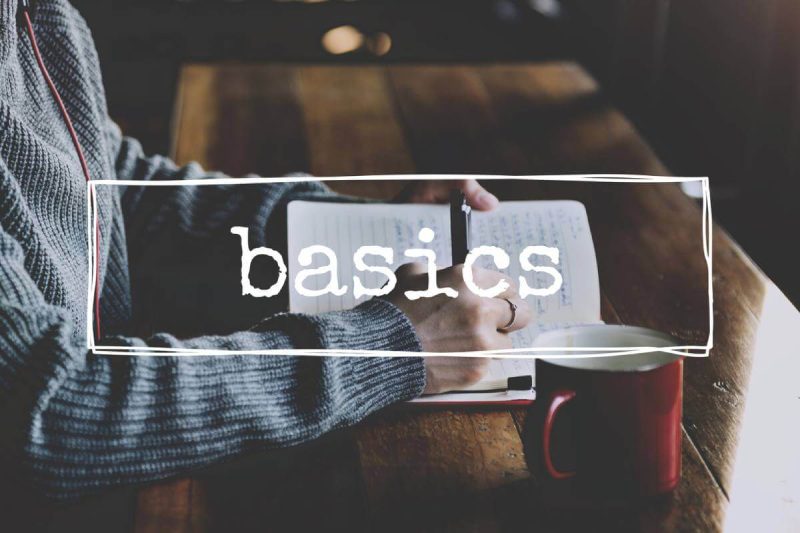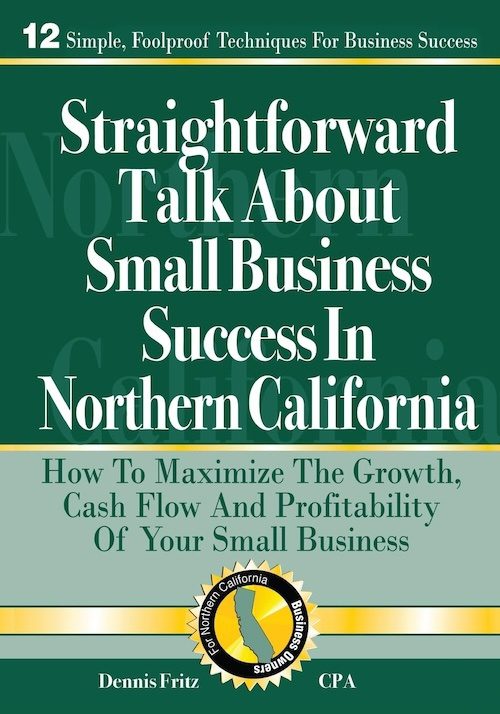
Taylor Swift is everywhere right now. I’m guessing you noticed, too?
This weekend’s Grammy’s saw her fall in league with greats like Frank Sinatra and Stevie Wonder after winning album of the year for the 4th time (and a once-again snubbed Beyonce). The Grammy’s also saw some other dominant female singers snagging awards, too (Miley Cyrus, Billie Eilish).
Why do I bring this up today? Well, primarily because these women didn’t get where they are without lots of planning and strategic decision-making.
Success in any business — as a singer-songwriter or as an Uber driver — means you have to know what’s required of you to make it succeed and how to navigate those requirements the right way.
That’s what I want to get into today. Because plenty of Shasta County side-gig people who started out small in 2020 are taking things full-time. And when you start doing that, that means knowing the basics of self-employed taxes, which I’ll get into today.
Tax season has begun, which means my calendar gets pretty full. However, I’m always ready to help new business owners get their feet under them with their taxes. And if you’re not new to the freelancing thing, I’m still happy to help you re-evaluate things and make sure you’ve got your tax strategy and mindset in place.
if you want to talk about some of those basics, just grab a time here:
530-223-2277
For now, let’s start the conversation here…
The Basics of Self-Employed Taxes for Redding Freelancers
“Do not wait until the conditions are perfect to begin. Beginning makes the conditions perfect.” – Alan Cohen
Making some extra money was probably the reason you got into side gig work. But, if you’re like many other freelancers out there, you saw an opportunity to step up your game and take this full-time.
And while that step is really liberating, it’s also a bit daunting when it comes to the logistics of running a business. Especially when you realize that managing taxes is now part of those logistics.
To save you some difficulty down the road and help get you in the right mindset about self-employed taxes, let’s get into some of the basics.
Here’s the deal with self-employed taxes:
Once you choose this route (even if only on the side), you’re now responsible for paying taxes on your income directly to the IRS. This includes both income tax and self-employment tax, which is a combination of Social Security and Medicare taxes.
As a freelancer, you’ll pay both the employee and employer portions of these taxes, amounting to a total of 15.3% of your net earnings. With that higher tax rate, you’ll especially want to be meticulous in keeping track of expenses and other financial information as well as strategic in planning for your tax obligations.
Think like a business owner, not an individual taxpayer
Adopting a business owner’s mindset is crucial with both finances and taxes.
Not only do you have to track income and expenses, you have to think ahead with your business’s finances. One way to do that is by shifting your mindset from quarterly or monthly in your tracking and planning. Set aside money for taxes with each payment you receive. This forward-thinking approach ensures you’re prepared for your tax obligations like estimated payments and helps you take advantage of deductions.
Self-employed taxes are more than a once-a-year thing
The rhythm of freelancing includes quarterly tax payments — a shift from the once-a-year filing you might be used to. The IRS wants your tax payments evenly distributed throughout the year. To prevent an end-of-year tax bill surprise and to help you avoid underpayment penalties, make sure you’re planning for these.
The 2024 due dates for estimated taxes are: April 15, June 15, September 15, and January 15, 2025.
And it’s pretty easy to take care of making these payments online. Just go here: https://www.irs.gov/payments. There’s also an IRS app now to make easy payments, and of course, the good old-fashioned mail a check or money order option.
Choose a business structure that’s right for you
Your choice of business structure, whether it’s sticking with a sole proprietorship or moving to an LLC or S-Corp, directly affects your taxes and personal liability. Each has its own set of tax advantages and protections.
As a sole proprietor, you benefit from simplicity in setup and tax filing, but you’re personally liable for any debts or legal issues your business encounters. An LLC (Limited Liability Company) offers protection against personal liability, meaning your personal assets are safe if your business runs into trouble.
Electing to be taxed as an S-Corporation could potentially save you money on self-employment taxes by allowing you to split your income between salary and dividends, the latter of which isn’t subject to self-employment taxes. We’re happy to help you think this one through.
Don’t forget about the deductions available to you
Things like health insurance premiums, retirement contributions, and educational expenses can significantly reduce your taxable income. If you haven’t thought about that for this tax season, let’s talk.
As tax season is in full swing, now’s the perfect time to get a jumpstart on these tax basics.
If you don’t prioritize thinking through these things now, at the start of your business, you’ll likely fall into trouble later down the road.
I’ve seen it happen to a lot of Redding freelancers. Don’t let that be you, and we’re here for you if you want guidance in setting up some good systems to take care of these things.
Helping your freelance business succeed with self-employed taxes,
Dennis Fritz



